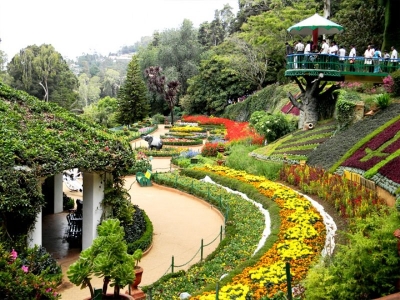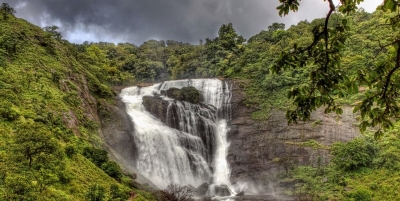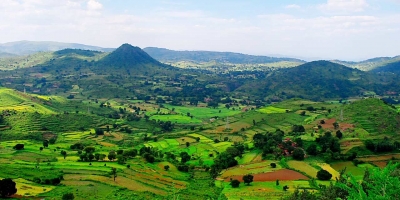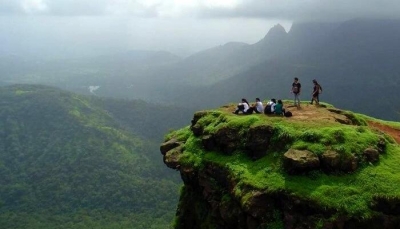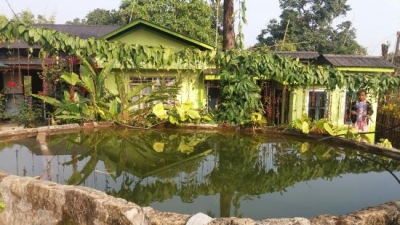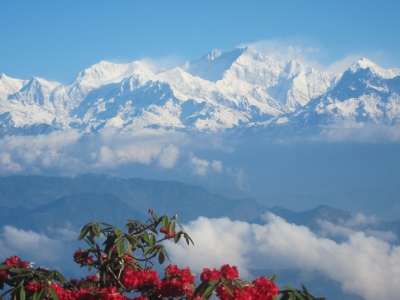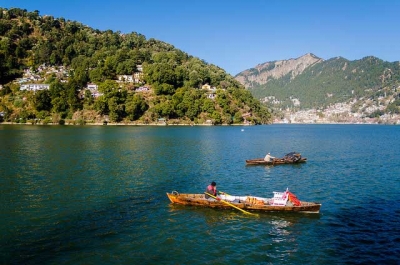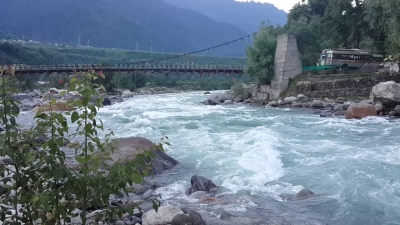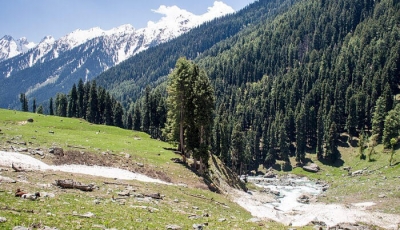In which state is Vythiri is located?
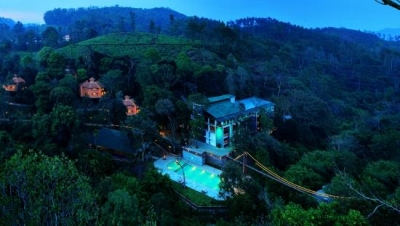
Vythiri is a small town and tourist destination located in the Wayanad district in the Indian state of Kerala. It is one of the three Taluks in the district with the other two being Mananthavady and Sulthan Bathery.
According to the local legend, an English engineer built the Ghat road to Vythiri on the basis of the information given by a tribal youth. After getting the necessary guidance, the English people killed the tribal guide. The spirit of the tribal youth got angry and caused many accidents in the road. So a priest took the initiative to chain the spirit to a tree in Vythiri. This Chain Tree is seen even today at Lakkidi. Some of the passing motorists even pay homage to the tree for allowing a safe passage.
Lakkidi is a small village near Vythiri. It is situated on the entrance to Wayanad district. There is a hotel management college oriental school of hotel management and a veterinary university in Lakkidi.
Vythiri is 66 km by road from Kozhikode railway station and this road includes nine hairpin bends. The nearest major airport is at Calicut. The road to the east connects to Mysore and Bangalore. Night journey is not allowed on this sector as it goes through Bandipur national forest.
Picture Credit : Google
